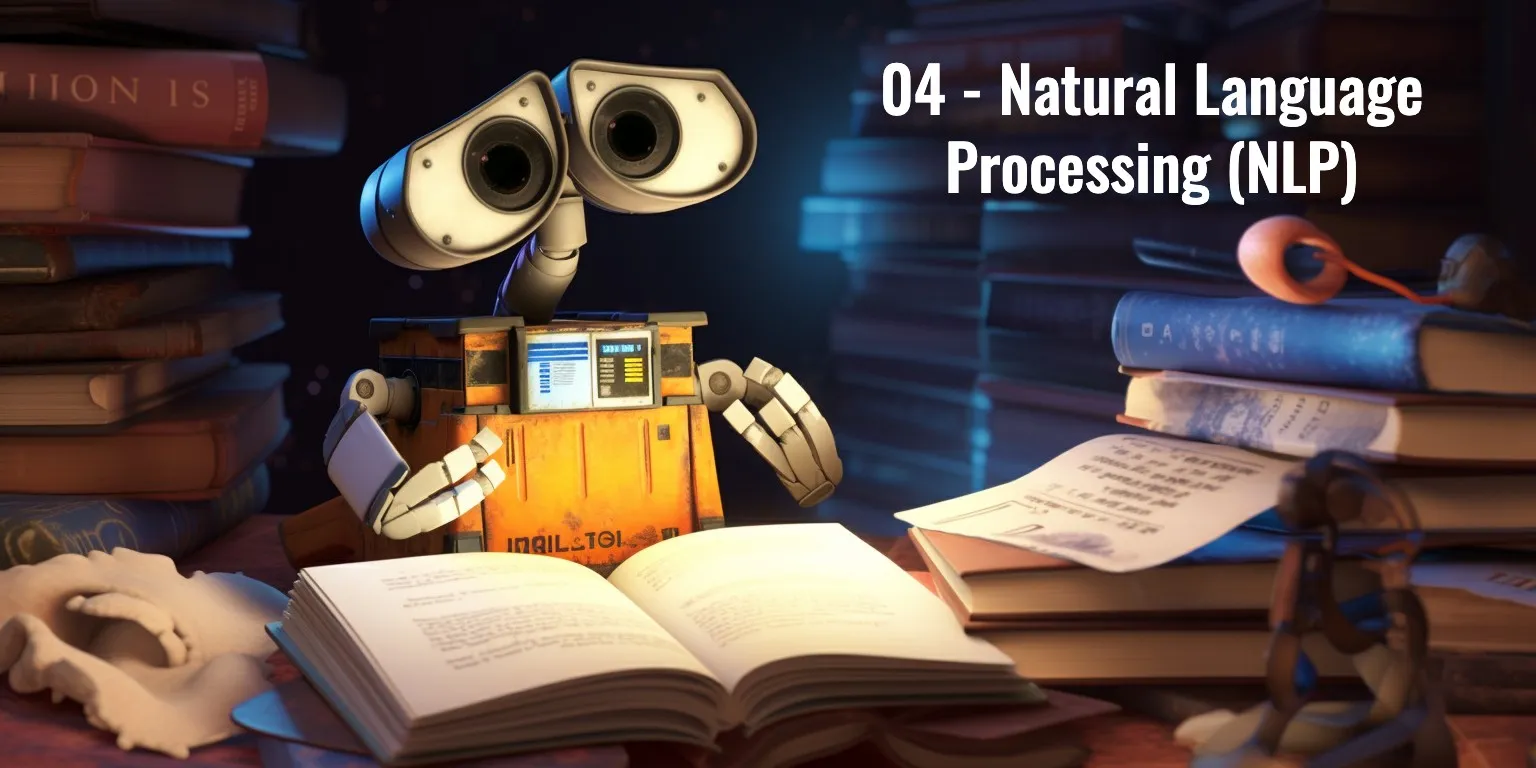Natural Language Processing (NLP) and Its Applications

Natural Language Processing (NLP) is a type of artificial intelligence (AI) that enables machines to understand and process human language. NLP has become increasingly important in recent years as more and more data is generated in the form of text, speech, and other forms of human communication.
NLP involves several key tasks, including language modeling, part-of-speech tagging, named entity recognition, and sentiment analysis. Language modeling involves predicting the likelihood of a sequence of words, while part-of-speech tagging involves labeling words in a sentence with their respective parts of speech (i.e., noun, verb, adjective, etc.). Named entity recognition involves identifying named entities like people, places, and organisations, while sentiment analysis involves determining the emotional tone of a piece of text.
NLP has many practical applications, from chatbots and virtual assistants to language translation and sentiment analysis of customer feedback. NLP is also an important tool for analysing large amounts of unstructured text data, like social media posts or customer reviews.
One of the key challenges in NLP is the complexity of human language. Human language is full of nuances, idioms, and cultural references that can be difficult for machines to understand. Additionally, the same word or phrase can have multiple meanings depending on the context, making language processing a complex task.
Despite these challenges, NLP is an important tool in the AI toolkit and has enabled many of the recent breakthroughs in AI. As AI continues to evolve, we can expect to see even more sophisticated NLP models and applications in the future.
In future articles, we’ll dive deeper into some of the other AI terminologies, like Reinforcement Learning, Computer Vision, and Data Mining. We’ll explain what they are, how they work, and why they’re important. By the end of this series, you’ll have a solid understanding of the key concepts and ideas behind AI, and you’ll be well-equipped to explore this exciting field further.

Atul Tiwari is a seasoned journalist at Mumbai Times, specializing in city news, culture, and human-interest stories. With a knack for uncovering compelling narratives, Atul brings Mumbai’s vibrant spirit to life through his writing.





